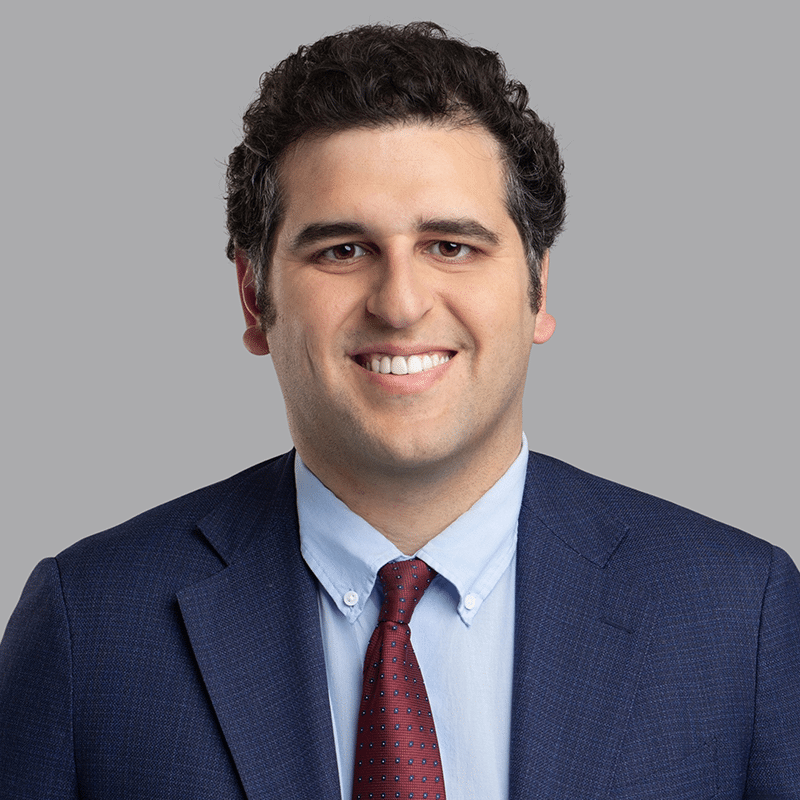If you would like any further information on this issue, please contact HSH Partner Renée Vinett by phone at 416-361-7560 or email at rvinett@hshlawyers.com or Daniel Fisher, personal injury lawyer, by phone at 416 644 2080 or email at dfisher@hshlawyers.com.

Renée Vinett presented this paper at the 32nd Annual North American Brain Injury Society’s Conference on Legal Issues in Brain Injury
For those of us who have litigated a case involving a mild traumatic brain injury, we are well aware of the challenges associated. Mild traumatic brain injuries can be difficult to positively diagnose, often times having no positive radiological findings. Frequently, there is no loss of consciousness or any other objectively measureable criteria that clearly indicates that an injury has been suffered.
However, the effects of a mild traumatic brain injury can be debilitating. Don’t be fooled by the use of the term “mild.” Any brain injury can have serious and long lasting consequences for the injured individual.
When there is no objective measure that clearly demonstrates the presence of an injury, the job of a Plaintiff’s lawyer becomes that much harder. Building a case strong enough to persuade the trier of fact is difficult in cases of broken bones or other objective injuries, let alone when the injury itself is seemingly invisible.
In order to meet this challenge, a Plaintiff’s lawyer must think about a case involving a mild traumatic brain injury slightly differently than they would a standard personal injury case. While expert witnesses are obviously important as they would be in any case, the use of lay witnesses becomes of paramount importance. A lay witness is in the unique position of being able to describe to the trier of fact how the brain injury has effected the Plaintiff’s day to day life. The value of this perspective cannot be overstated in the absence of diagnostic proof of an injury and in a situation where on the surface, an injured person might appear normal.
Who Should I Use as a Lay Witness?
The best lay witnesses are those who know the client well, but not someone who the trier of fact might suspect has an ulterior motive for providing their testimony. You want someone such as a co-worker, family friend or neighbor who can attest to the changes they noticed in the Plaintiff since the injury. It is less persuasive to have close family members, spouses or best friends testify. While obviously, such individuals would likely have insight into the plaintiff’s condition, as we all know, trials are all about credibility. The trier of fact (rightly or wrongly) might assume that someone very close to the Plaintiff has more of a motivation to paint a sympathetic picture. Therefore, it is better to use a lay witness that the trier of fact is more likely to see as neutral.
What Type of Testimony Should I Try to Elicit from the Lay Witness?
Your primary goal in having a lay witness testify is to have their testimony emphasize the theme of the case. The theme of the case will be dependent on the facts, but you want the theme to emotionally resonate with the trier of fact. For example, you might be wanting to communicate that before the injury:
- the Plaintiff worked out 3 times a week;
- played sports with her friends;
- visited her elderly parents on a regular basis to ensure their needs were taken care of;
- and that since the injury, the Plaintiff is not able to do any of these things.
A lay witness can communicate to the trier of fact all of the above issues, but can do so in an emotionally compelling way. For example, the lay witness might say the Plaintiff was active, sporty and a loving supporter of her elderly parents, but because of this injury, she is now lost. She is too fatigued and depressed to engage in her pre-accident activities, is irritable, has angry outbursts, and is not the person she was before the injury. The lay witness is in a unique position to also provide anecdotal evidence that illustrates the impact of the injury on the Plaintiff’s daily activities, domains of function and relationships with others. While the first example provides the same information, providing the emotional context and anecdotal evidence makes the message far more persuasive.
An example from the case law that further demonstrates the above point is found in Brown v Lalani, 2005 BCSC 785. In this case, the Plaintiff was seeking damages for a mild traumatic brain injury sustained in a MVA. In finding in favour of the Plaintiff, the Court wrote:
“From the testimony of the lay witnesses, it is clear that before the accident, Mr. Brown was a hard worker and a devoted family man. At the time of the accident, he was working as a truck driver and was on his way home from work. He also had a small business which involved the building of caskets. He and his wife had made a plan that he would continue working in the trucking industry for as many as seven years, by which time it was hoped that the casket business would be viable and the plaintiff could leave his job as a trucker…..
All of the lay witnesses who know Mr. Brown described an individual who now tires easily, is unable to concentrate, can have mood swings and is subdued and quiet. Ms. Staples described Mr. Brown as flat and emotionless. She said that he is “just not there”. She feels she has lost the person she loved. Her role is sometimes more caregiver than wife as, amongst other things, she must organize the plaintiff’s days.”
The above example also reflects the best way to present the lay witnesses evidence. You want the lay witness to present a clear picture of the person the Plaintiff was before the accident and who they have become since. Structuring the testimony in this fashion creates a clear story of the injury’s detrimental effects. When the witness testifies in this way, it creates more of an emotional impact, while also ensuring the information is delivered to the trier of fact in a manner that is easy to understand.
Judicial Commentary
Given the inherent difficulty in diagnosing mild traumatic brain injuries, Canadian courts have found the testimony of lay witnesses particularly persuasive. For example, in Warder v Insurance Corp. of British Columbia, the Court wrote:
“Almost all the specialists agree that psychological therapy over a period of six to eight months should help him improve his present state. Few are predicting an immediate recovery. What struck me about the severity of his condition was the evidence coming from people who knew him well before the accident and then saw the significant change in his performance after the accident. This kind of evidence is very compelling when compared to evidence from others who only examined him after the accident and had little personal knowledge of him before that time.”
In Mastromonaco v Moraal, 2015 BCSC 228, the Court wrote:
Here, the Third Party notes the modest lack of time off her work in the weeks following the accident; the Plaintiff’s extensive involvement in counseling directed towards her inability to re-adjust to Canadian society upon her return from abroad; apparent conflicts between her faith and her profession; her general dissatisfaction with the present makeup of the B.C. school system; her sense that work in Canada was not as meaningful as that which she performed in the developing world; and her stated intention to Dr. O’Brien, in October 2012, that she would like to return to the type of work she did before, as offering the better explanation for her current level of employment and limited functioning.
Such, in my view, overlooks the totality of the weight of the evidence from lay witnesses who testified as to noticeable changes in the Plaintiff’s concentration, memory and mood over a period of time following the accident. Ms. Osers, who taught with the Plaintiff at Uplands both before and immediately following the accident, testified as to identifiable changes in the Plaintiff upon her return to work.”
Conclusion
Lay witnesses are a crucial part of building a case around a mild traumatic brain injury. As no diagnostic criteria exist that can positively identify such brain injuries 100% of the time, the testimony of those who know the injured person becomes extremely valuable. The best lay witnesses are neutral. They are people who can tell a clear and concise story of the Plaintiff’s injury that builds into the emotional theme of your case. Keeping a clear view of the story you want to build and who is best to tell that story can make all the difference come trial.







